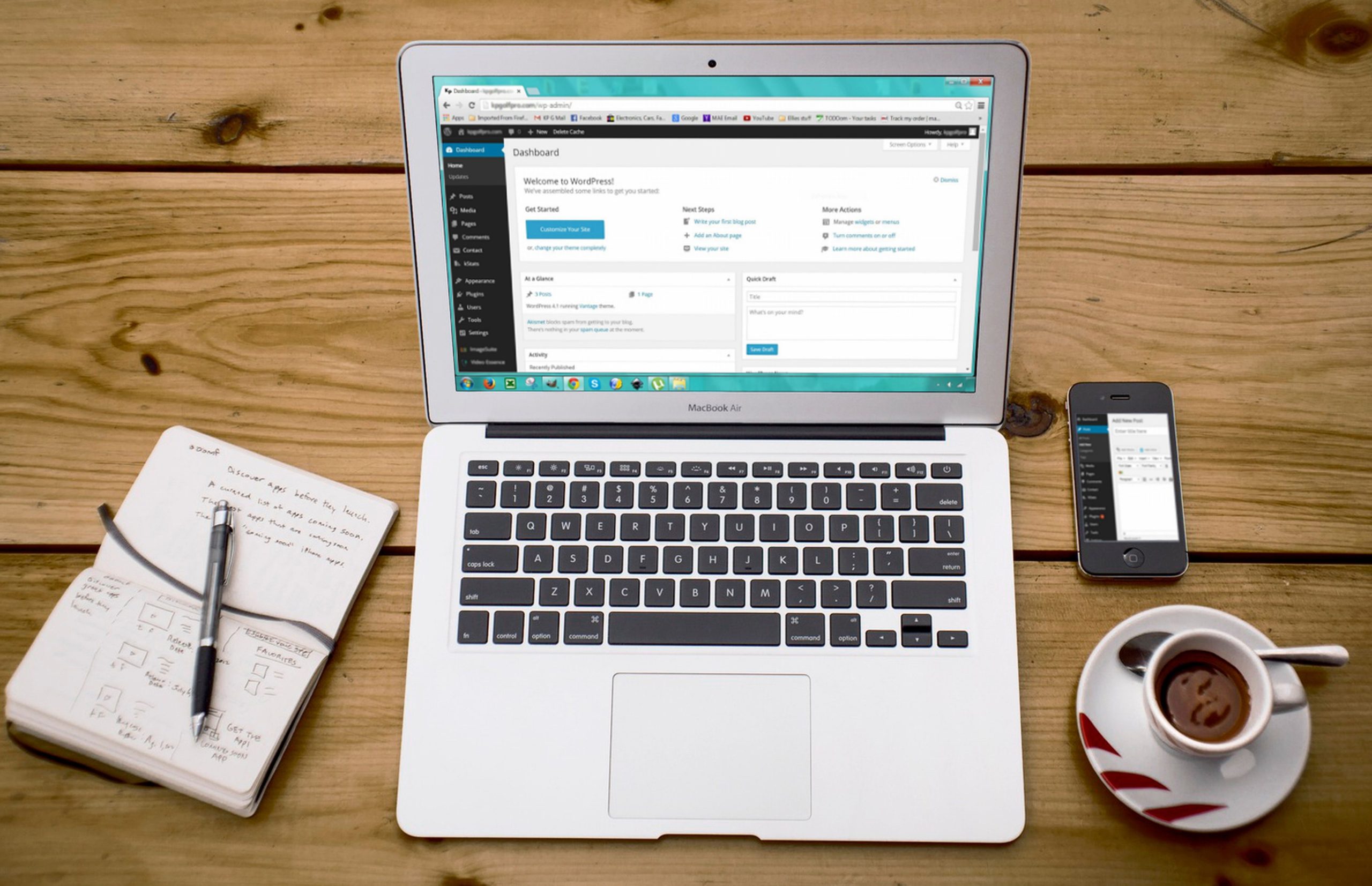WordPress is a popular content management system that powers over 40% of the internet. With so many websites relying on WordPress, it’s important to ensure that your site is secure. In this article, we’ll cover the top 8 ways to secure a WordPress site.

1. Protect Login Form
Protecting the login form is one of the most critical aspects of securing a WordPress site. The login form is the entry point for your site’s backend, where sensitive information and settings are stored. One of the best ways to protect the login form is to limit login attempts. WP Login Lockdown is a useful plugin that limits the number of login attempts from a single IP address. The plugin will lock out users who exceed the limit for a set amount of time, making it harder for attackers to gain access to your site.
2. SSL Encryption
SSL encryption is another essential aspect of securing a WordPress site. SSL certificates encrypt data between your website and visitors’ browsers, making it difficult for attackers to intercept sensitive information like login credentials or credit card numbers. WP Force SSL is a plugin that ensures that your entire site is served over HTTPS, which improves site security and SEO rankings.
3. Keep WordPress Updated
Keeping WordPress and its associated plugins and themes up-to-date is critical for site security. Updates often include security patches that address known vulnerabilities. When updates are released, it’s crucial to apply them promptly to keep your site secure.
4. Strong Passwords and Two-Factor Authentication
Using strong passwords and enabling two-factor authentication (2FA) can help prevent brute-force attacks. Weak passwords are easy for attackers to guess, which is why it’s important to use a combination of letters, numbers, and symbols. Two-factor authentication adds an extra layer of security by requiring users to enter a unique code sent to their phone or email.

5. Limit Access to the Backend
Limiting access to the backend of your WordPress site is an effective way to prevent attacks. You can limit access by creating a unique login URL or by restricting access to certain IP addresses. WP Limit Login Attempts is a plugin that limits login attempts and can also block access to the login page after a specified number of attempts.
6. Use Security Plugins
WordPress offers several security plugins that can help keep your site secure. Wordfence Security and Sucuri Security are popular options that offer features like malware scanning, firewall protection, and brute-force attack prevention.
7. Choose a Secure Hosting Provider
Choosing a secure hosting provider is critical for site security. A reputable hosting provider should offer features like SSL certificates, firewalls, and regular backups. You can also consider using a managed WordPress hosting service that takes care of security and maintenance tasks for you.
8. Regularly Backup Your Site
In the event of a security breach, having a recent backup of your site can be a lifesaver. Regularly backing up your site can help you quickly restore your site to its previous state if something goes wrong. You can use a plugin like UpdraftPlus to automatically back up your site to a remote location like Dropbox or Google Drive.
In conclusion, securing a WordPress site is essential for protecting sensitive information and maintaining site functionality. By implementing the top 8 ways to secure a WordPress site, you can greatly reduce the risk of a security breach. Protect the login form with WP Login Lockdown, use SSL encryption with WP Force SSL, keep WordPress and its associated plugins and themes up-to-date, use strong passwords and 2FA, limit access to the backend, use security plugins, choose a secure hosting provider, and regularly backup your site.



